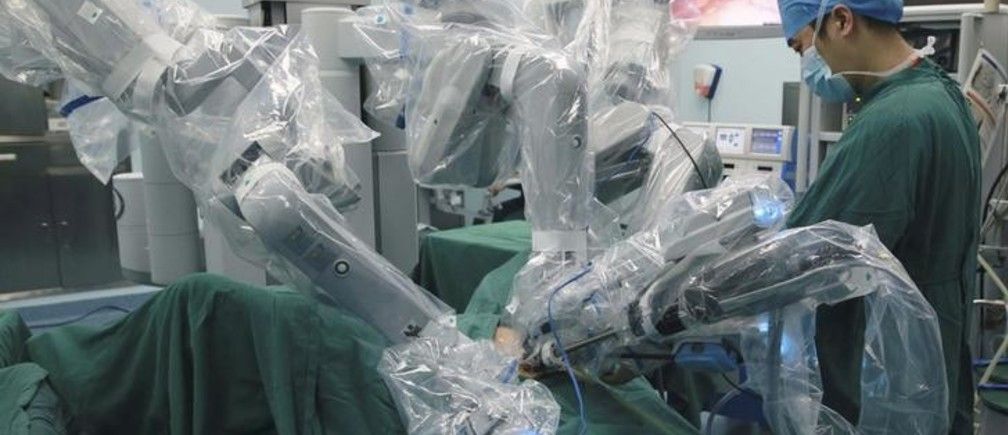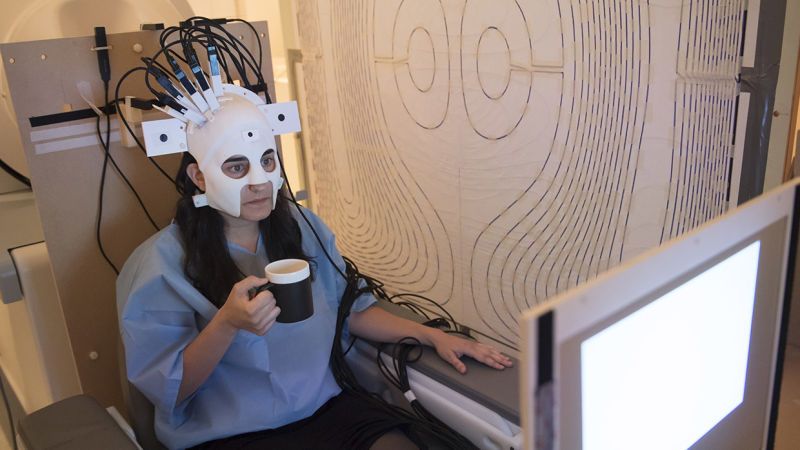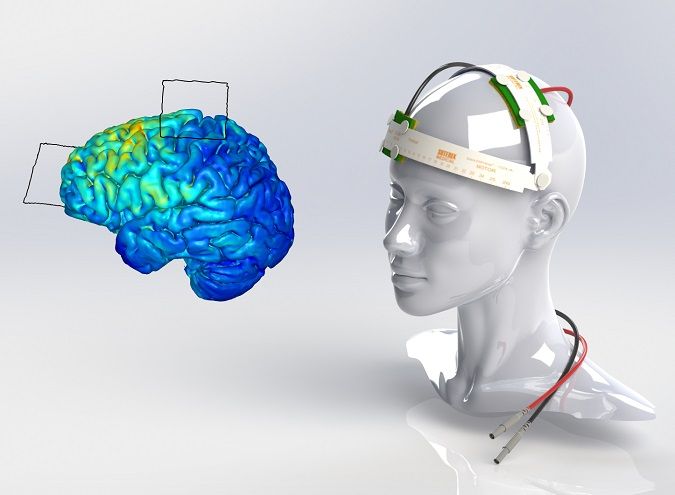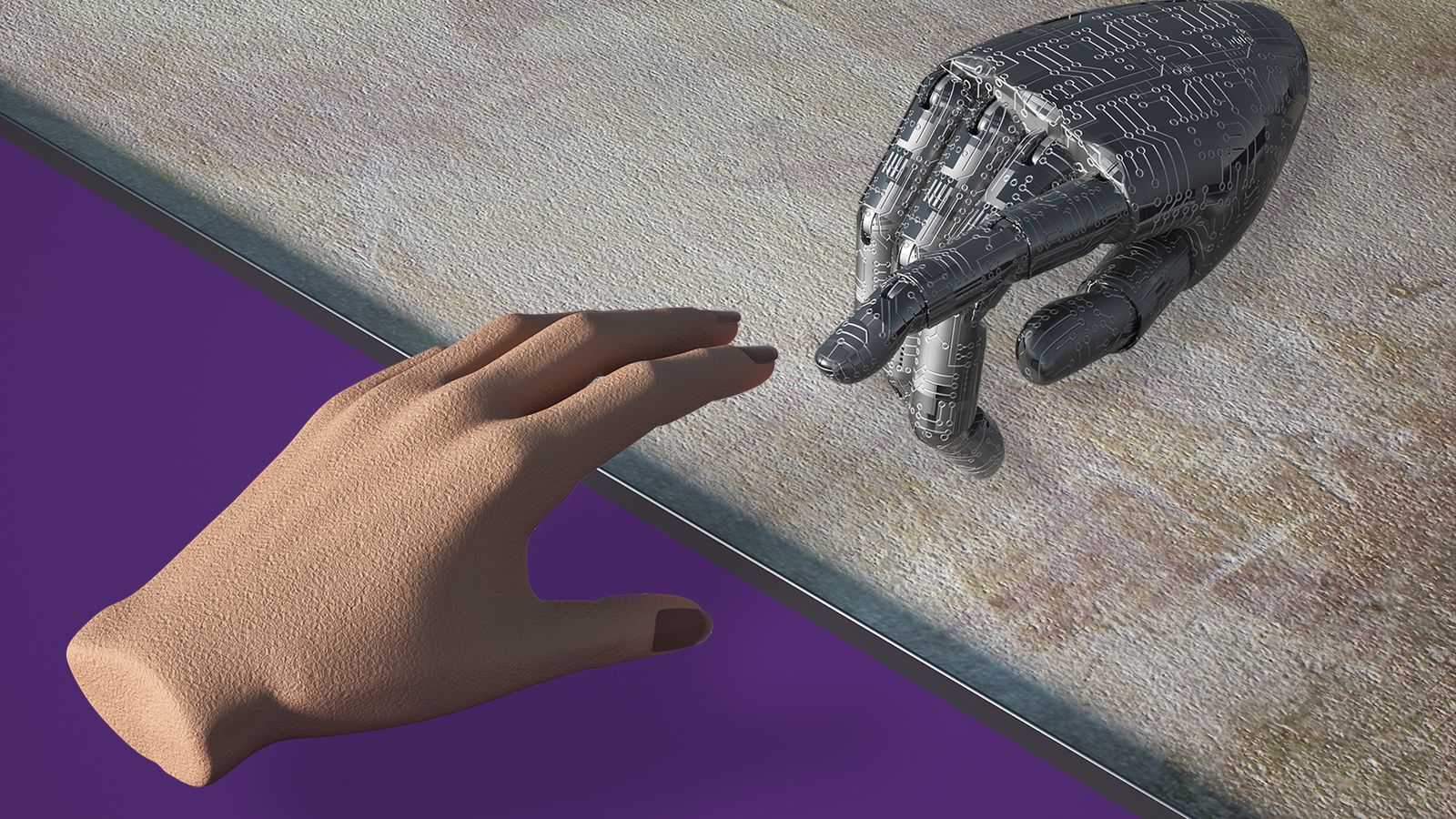Page 9792
Apr 3, 2018
Transhumanism: advances in technology could already put evolution into hyperdrive – but should they?
Posted by Derick Lee in categories: bioengineering, biotech/medical, evolution, genetics, nanotechnology, transhumanism

Advocates of transhumanism face a similar choice today. One option is to take advantage of the advances in nanotechnologies, genetic engineering and other medical sciences to enhance the biological and mental functioning of human beings (never to go back). The other is to legislate to prevent these artificial changes from becoming an entrenched part of humanity, with all the implied coercive bio-medicine that would entail for the species.
We can either take advantage of advances in technology to enhance human beings (never to go back), or we can legislate to prevent this from happening.
Apr 2, 2018
Defense Advanced Research Projects Agency
Posted by Dan Kummer in categories: information science, robotics/AI

I might bump my post for an armed low flying mini UAV. Seeing as this what they are tip toeing around now.
The focus of this swarm sprint is on enabling improved swarm autonomy through enhancements of swarm platforms and/or autonomy elements, with the operational backdrop of utilizing a diverse swarm of 50 air and ground robots to isolate an urban objective within an area of two square city blocks over a mission duration of 15 to 30 minutes. Swarm Sprinters will leverage existing or develop new hardware components, swarm algorithms, and/or swarm primitives to enable novel capabilities that specifically showcase the advantages of a swarm when leveraging and operating in complex urban environments.
Continue reading “Defense Advanced Research Projects Agency” »

April 2 (UPI) — Using the Hubble Space Telescope, astronomers have observed the most distant star yet discovered.
Astronomers were trying to watch a gravitationally lensed supernova called Refsdal in the distant universe when they noticed an unexpected point source. The source turned out to be the universe’s most distant star. Astronomers dubbed it Lensed Star 1.
Apr 2, 2018
This robot has passed a medical licensing exam with flying colours
Posted by Dan Kummer in categories: biotech/medical, robotics/AI
Chinese AI-powered robot Xiaoyi took the country’s medical licensing examinations and passed.
Apr 2, 2018
Wearable brain scanners to enable broader, easier, cheaper access to neuroimaging
Posted by Alvaro Fernandez in categories: neuroscience, wearables
Coming soon: Advanced brain monitoring “while subjects make natural movements, including head nodding, stretching, drinking and playing a ball game.”
Credit: University of Nottingham ___ This Brain Scanner Is Way Smaller Than fMRI but Somehow 1,000% Creepier (Gizmodo): “It may look like something befitting Halloween’s Michael Myers, but the device pictured above is actually a breakthrough in neuroscience—a portable, wearable brain scanner that can monitor neural.
Apr 2, 2018
Research trend: Combining brain stimulation with cognitive training to enhance attention and memory
Posted by Alvaro Fernandez in categories: biotech/medical, military, mobile phones, neuroscience
In summary — “I am cautiously optimistic about the promise of tDCS; cognitive training paired with tDCS specifically could lead to improvements in attention and memory for people of all ages and make some huge changes in society. Maybe we could help to stave off cognitive decline in older adults or enhance cognitive skills, such as focus, in people such as airline pilots or soldiers, who need it the most. Still, I am happy to report that we have at least moved on from torpedo fish” smile
In 47 CE, Scribonius Largus, court physician to the Roman emperor Claudius, described in his Compositiones a method for treating chronic migraines: place torpedo fish on the scalps of patients to ease their pain with electric shocks. Largus was on the right path; our brains are comprised of electrical signals that influence how brain cells communicate with each other and in turn affect cognitive processes such as memory, emotion and attention.
The science of brain stimulation – altering electrical signals in the brain – has, needless to say, changed in the past 2,000 years. Today we have a handful of transcranial direct current stimulation (tDCS) devices that deliver constant, low current to specific regions of the brain through electrodes on the scalp, for users ranging from online video-gamers to professional athletes and people with depression. Yet cognitive neuroscientists are still working to understand just how much we can influence brain signals and improve cognition with these techniques.
Apr 2, 2018
Military documents reveal how the US Army plans to deploy AI in future wars
Posted by Genevieve Klien in categories: internet, military, robotics/AI
The US Army today released documents detailing plans to build a large-scale battlefield platform dubbed the “Internet of Battle Things.”















